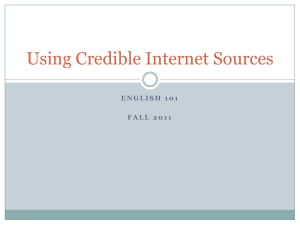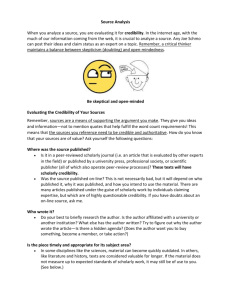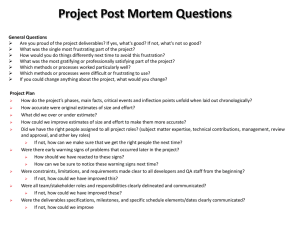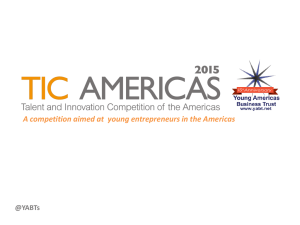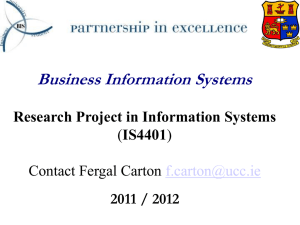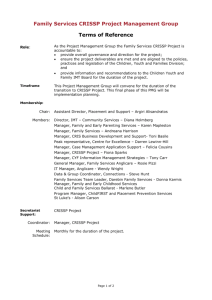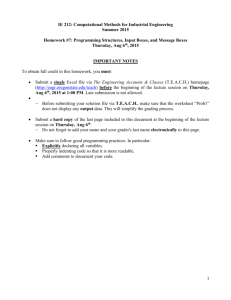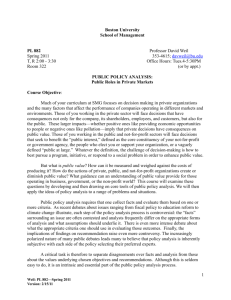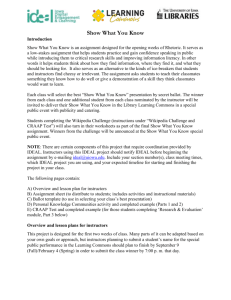Craft-Academy SWYK Project Proposal Walk
advertisement
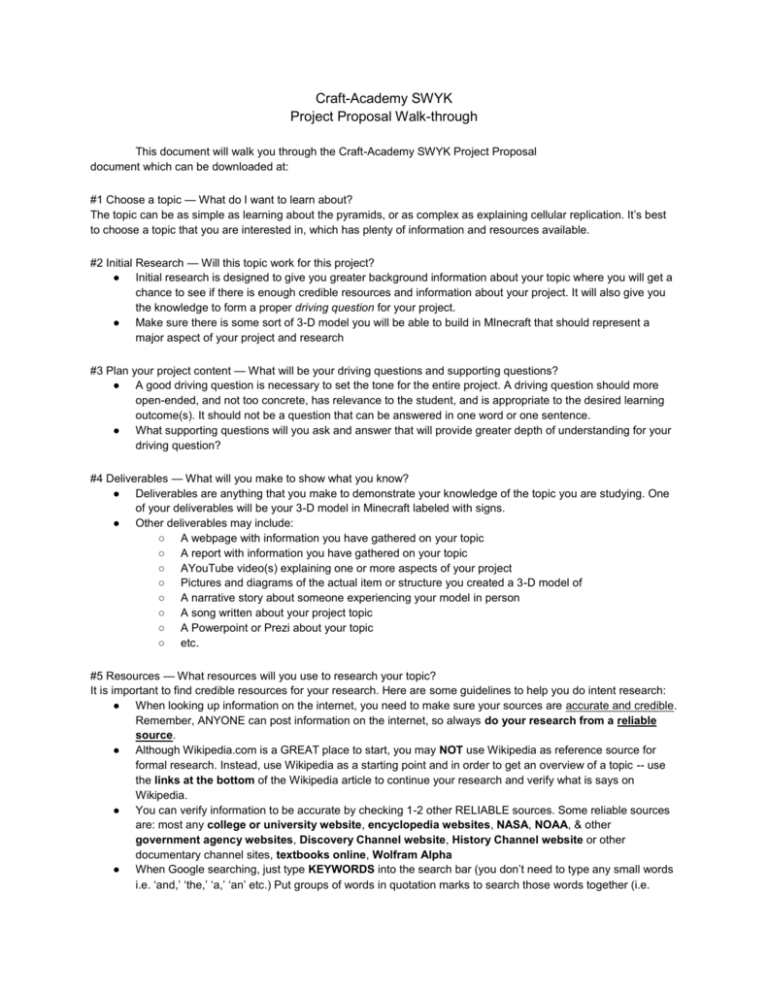
Craft-Academy SWYK Project Proposal Walk-through This document will walk you through the Craft-Academy SWYK Project Proposal document which can be downloaded at: #1 Choose a topic — What do I want to learn about? The topic can be as simple as learning about the pyramids, or as complex as explaining cellular replication. It’s best to choose a topic that you are interested in, which has plenty of information and resources available. #2 Initial Research — Will this topic work for this project? ● Initial research is designed to give you greater background information about your topic where you will get a chance to see if there is enough credible resources and information about your project. It will also give you the knowledge to form a proper driving question for your project. ● Make sure there is some sort of 3-D model you will be able to build in MInecraft that should represent a major aspect of your project and research #3 Plan your project content — What will be your driving questions and supporting questions? ● A good driving question is necessary to set the tone for the entire project. A driving question should more open-ended, and not too concrete, has relevance to the student, and is appropriate to the desired learning outcome(s). It should not be a question that can be answered in one word or one sentence. ● What supporting questions will you ask and answer that will provide greater depth of understanding for your driving question? #4 Deliverables — What will you make to show what you know? ● Deliverables are anything that you make to demonstrate your knowledge of the topic you are studying. One of your deliverables will be your 3-D model in Minecraft labeled with signs. ● Other deliverables may include: ○ A webpage with information you have gathered on your topic ○ A report with information you have gathered on your topic ○ AYouTube video(s) explaining one or more aspects of your project ○ Pictures and diagrams of the actual item or structure you created a 3-D model of ○ A narrative story about someone experiencing your model in person ○ A song written about your project topic ○ A Powerpoint or Prezi about your topic ○ etc. #5 Resources — What resources will you use to research your topic? It is important to find credible resources for your research. Here are some guidelines to help you do intent research: ● When looking up information on the internet, you need to make sure your sources are accurate and credible. Remember, ANYONE can post information on the internet, so always do your research from a reliable source. ● Although Wikipedia.com is a GREAT place to start, you may NOT use Wikipedia as reference source for formal research. Instead, use Wikipedia as a starting point and in order to get an overview of a topic -- use the links at the bottom of the Wikipedia article to continue your research and verify what is says on Wikipedia. ● You can verify information to be accurate by checking 1-2 other RELIABLE sources. Some reliable sources are: most any college or university website, encyclopedia websites, NASA, NOAA, & other government agency websites, Discovery Channel website, History Channel website or other documentary channel sites, textbooks online, Wolfram Alpha ● When Google searching, just type KEYWORDS into the search bar (you don’t need to type any small words i.e. ‘and,’ ‘the,’ ‘a,’ ‘an’ etc.) Put groups of words in quotation marks to search those words together (i.e. ● ● Google: “Abraham Lincoln” instead of: Abraham Lincoln) This will only show you information where the words are presented together, exactly how it appears in your quotations, and will help you narrow your search results down. Always take note of websites you use for research. YOU WILL NEED TO LIST THE SITES YOU GET INFORMATION FROM FOR MOST ANY RESEARCH PROJECT -- It may be helpful to create a new folder in your Bookmarks (or Favorites) for each project, and bookmark each site you use. (You will need this for your list of ‘works cited’ which will be included in your report). Other resources include ○ Magazine articles ○ Visiting a location (Like a museum or historical locale) ○ Talking to experts ○ Watching videos ○ Hands-on learning #6 List the details of your content — What will you present information on? ● What content standard(s) will you be addressing? ○ Not all projects need to follow content standards like the Common Core, but it is nice to tie it into one or more of the standards so others can use your project to gain knowledge from for their own learning. ● Who is the target audience for the project? ○ Is the project designed for 1st graders? Or more for middle schoolers? In order for others to be able to use your project to learn from, it will help to know what age and grade level the project is aimed at. #7 Project Timeline: What is the scope of the project? ● How long will the project take? ○ It helps to create a plan to determine due dates of deliverables throughout the course of the project, creating mini deadlines along the way. This way you can be organized and stay on track with your time, rather than cramming everything in at the last minute. #8 Project Conclusion: What will you learn? ● What new knowledge and skill will you gain from doing this project?
